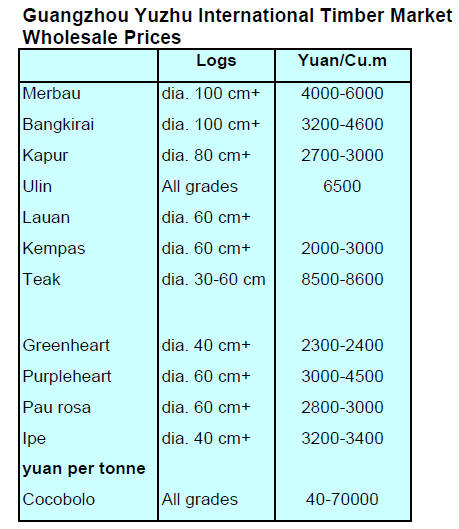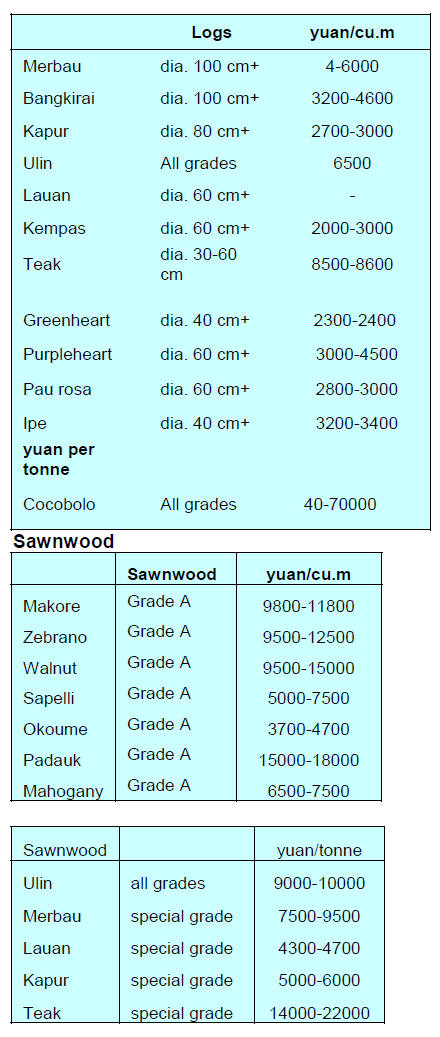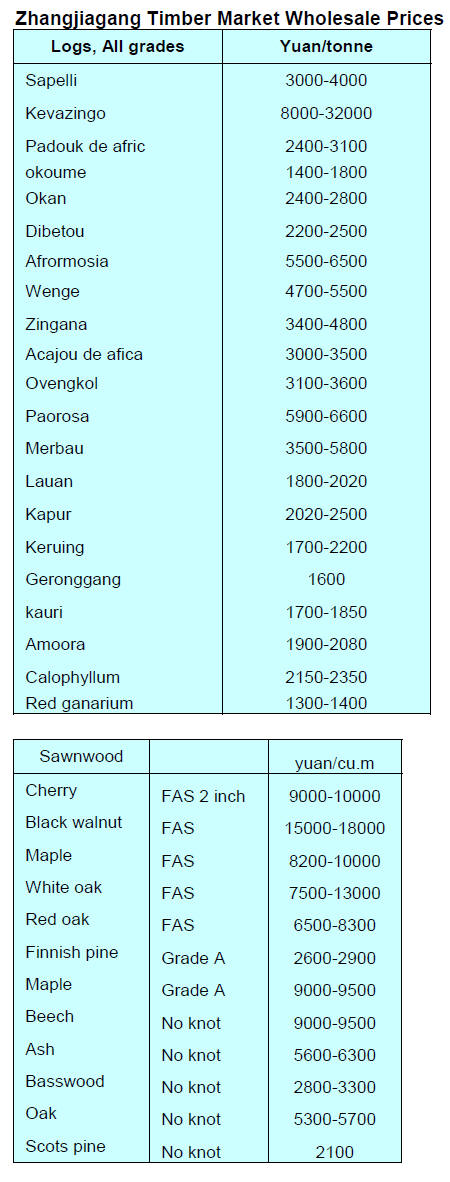US Dollar Exchange Rates of 25th May
2019
China Yuan 6.9
Report from China
Young mainland Chinese changing furniture market
The Hong Kong Trade Development Council has just
released the results of its latest survey of Chinese
consumer trends which focuses on furniture consumption
in the mainland. This is one of several very information
reports prepared by the Council on furniture markets and
consumption in China.
The report published 21 May is titled ¡®Mainland Furniture
Gets Smarter as Target Buyers Get Notably Younger¡¯ says
the younger generation tends to look for modular,
intelligent units for every item from beds and sofas to
desks.
Quoting from the Council report ¡°Typically, many
manufacturers have turned to modular designs in order to
streamline the process of integrating smart devices, a
move seemingly welcomed by the many consumers
looking to upgrade and renew their home furnishings. In
particular, it is the younger consumer demographic that is
now the most demanding when it comes to smart furniture
specifications.¡±
For full details see: http://economists-pickresearch.
hktdc.com/business-news/article/International-Market-
News/Mainland-Furniture-Gets-Smarter-as-Target-Buyers-Get-
Notably-Younger/imn/en/1/1X308LSH/1X0AHAWA.htm
Chinese companies seeking alternatives to US timbers
At present, Chinese companies have been able to absorb
the increased tariff levels on imported US timber raw
materials but if these are raised further then their
businesses will be at risk.
To avoid this Chinese companies have started to look for
alternative raw material sources and substitutes for US
logs and sawnwood.
According to China Customs data imports from the US
were mainly softwood logs such as douglas fir, spruce and
fir but close examination shows there is no real price
advantage over other sources. This is leading importers to
look at douglas fir from Canada and more softwoods from
New Zealand as well as spruce and fir from Russia.
China¡¯s imports of douglas fir from the US, Canada and
New Zealand were 98,000, 480, 000 and 380,000 cubic
metres in 2017 respectively. The average price for douglas
fir from the US was the highest at US$186 per cubic
metre, from Canada US$172 per cubic metre and from
New Zealand US$138 per cubic metre.
China imports spruce and fir are mainly from Russia, US
and Canada and amounted to 3,080,000, 790,000 and
780,000 cubic metres in 2017 respectively. Smaller
volumes came from Estonia, France and Denmark. The
average price for imported spruce and fir from the US was
US$184 per cubic metre, from Canada US$161 per cubic
metre, and from Russia US$124 per cubic metre.
China also imports sawn hardwood from the US such as
oak (1.32 million cubic metres), other US hardwoods
(570,000 cubic metres), ash (340,000 cubic metres) and
cherry (190,000 cubic metres).
Analysts suggest that most of sawn hardwood from the US
can be replaced by sawn hardwood from Canada, Russia
and European member states.
For more see:
http://gss.mof.gov.cn/zhengwuxinxi/zhengcefabu/201905/t20190
513_3256788.html
Tariff impacts production in Fujian Province
The 10% import tariff on Chinese exports of forest
products is a serious blow for exporters and they have
begun lobbying the government for support to help them
get through these difficult times.
As an example some 80% of production from a company
in Fujian Province is exported to the US. Because of the
tariff issue, output by the company between January to
May this year dropped by 15% year on year. The company
is expanding efforts to diversify and lower production and
distribution costs.
Nankang a centre for rubberwood import and
processing
A Rubber Industry Development Conference was recently
held in Nankang district, Ganzhou City. Participants heard
that China imports about 3 million cubic metres of
rubberwood logs and sawnwood annually for production
of furniture. Across China there are around 10,000 wood
furniture manufacturing enterprises with an output value
of RMB70-80 billion.
As a major rubberwood import and distribution centre
companies in Nankang district consume around 2.5
million cubic metres of rubberwood annually.



|